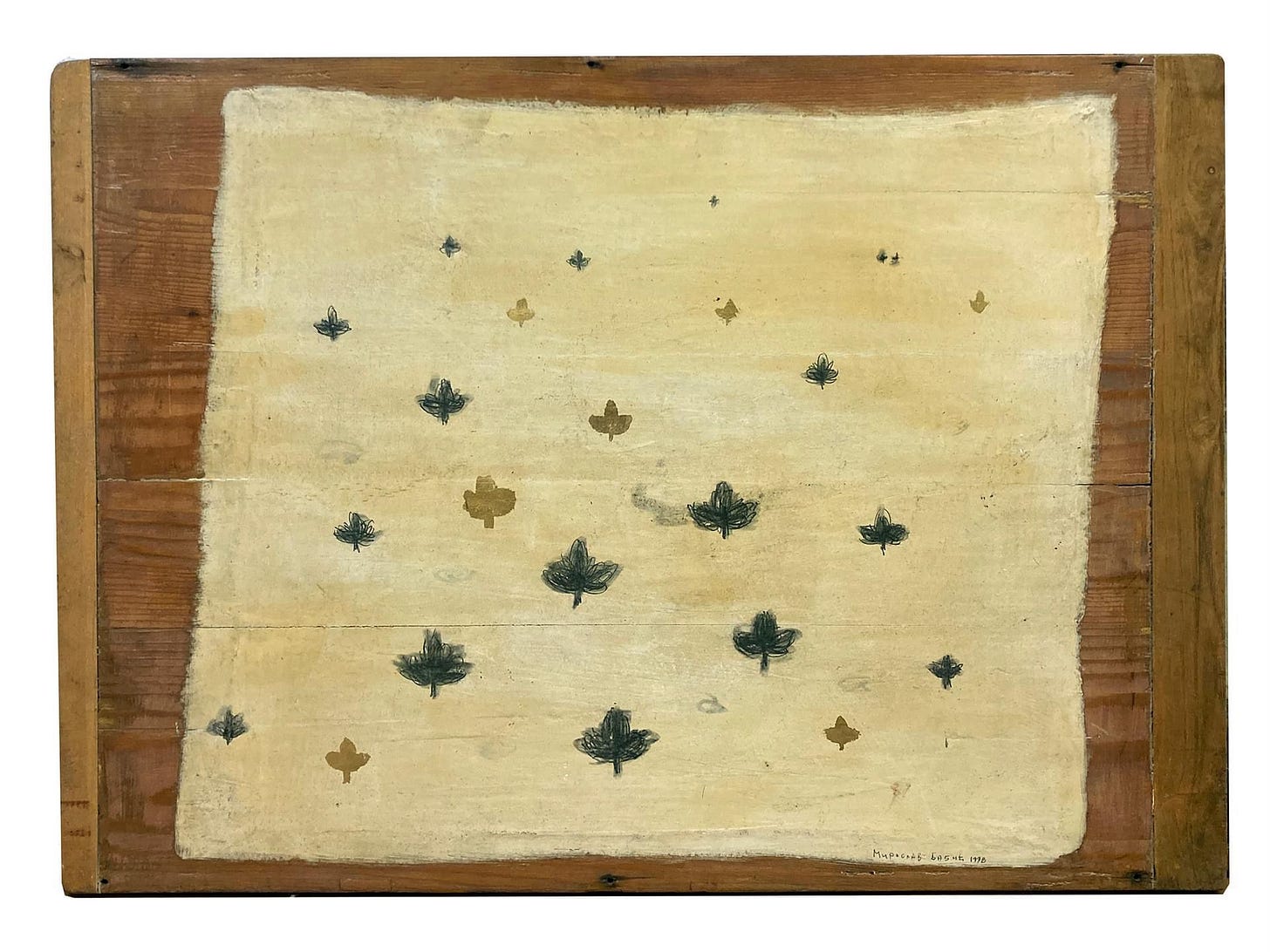Halfway Between Plastic and Wood
"Each of these structures, then, is a tree."
Take a look at this painting (composition? collage?) by Babic Miroslav:
Whatever this thing is, it has a very reassuring aura. It emanates the warmth of well-worn kitchen utensils or rustic furniture.
The magic of this object rests in how obviously man-made it is while managing to come off as natural. It strikes the perfect balance between organic and artificial—it’s neither a plant nor a piece of plastic, but something in between.
From flipping through the (virtual, pdf) pages of Christopher Alexander’s A Pattern Language (the temptation to speak about books I haven’t read is once again too strong to overcome), it seems that Alexander tries to lay out how to strike this very balance.
To get a glimpse of what this may look like check out Alexander’s (apparently abandoned) blog. His website is full of interesting ideas about artificial and natural systems:
I want to call those cities which have arisen more or less spontaneously over many, many years natural cities. And I shall call those cities and parts of cities which have been deliberately created by designers and planners artificial cities. Siena, Liverpool, Kyoto, Manhattan are examples of natural cities. Levittown, Chandigarh and the British New Towns are examples of artificial cities.
It is more and more widely recognized today that there is some essential ingredient missing from artificial cities. When compared with ancient cities that have acquired the patina of life, our modern attempts to create cities artificially are, from a human point of view, entirely unsuccessful.


